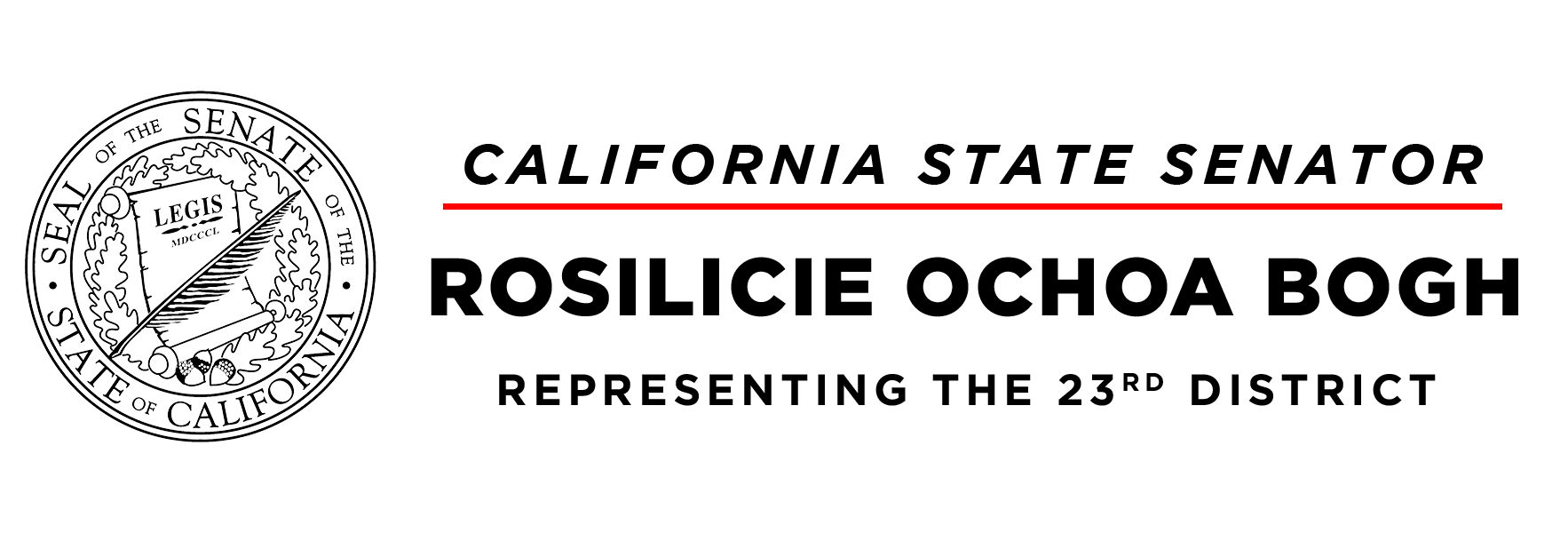By Senator Rosilicie Ochoa Bogh, 23rd Senate District
When it comes to our three levels of government in the United States – federal, state and local – it can sometimes become a little confusing to understand where the lines are between the responsibilities and jurisdiction of each. For this reason, I thought it would be helpful to give a little refresher about what each level has responsibility for and how they work together.
Our U.S. Constitution gives the federal government certain powers and assigns all other powers to the state governments. State governments establish local governments and delegate certain powers to them.
Each level of government is divided into three branches. The legislative branch makes the laws (Congress, state legislatures, local boards and councils), the executive branch carries them out (president, governor, mayors, city managers), and the judicial branch evaluates, interprets and applies them (federal, state and local courts).
When it comes to responsibilities, the federal government exclusively is vested with producing currency, regulating mail and interstate and foreign commerce, declaring war, raising armies, conducting foreign policy, establishing the rules of naturalization, and establishing federal welfare and social programs. It oversees the defense of our country and its borders and makes laws that affect our nation as a whole. It ensures the cooperation of state and local governments with federal programs by providing (or withholding) funds to operate them. Examples: affordable health insurance; and building infrastructure (roads, airports, interstate highway systems).
In times of great crisis, like the Great Depression or the COVID-19 pandemic, the federal government has stepped in to provide much-needed aid in areas typically controlled at the state level.
Areas where the federal and state governments have concurrent powers include taxation, lawmaking and enforcement, chartering banks and corporations, establishing courts, borrowing money and taking land for public use (eminent domain).
State governments are modeled after the federal government and oversee matters within their borders. States may organize in any way they choose, so their executive structures can vary greatly. All 50 states have legislatures made up of elected representatives, who consider matters brought forth by the governor or introduced by its members to create legislation that becomes law. Legislatures also approve a state’s budget and initiate tax legislation.
Like the federal government, all states (except Nebraska) have a bicameral legislature made up of two chambers: a smaller upper house and a larger lower house. Together the two chambers make state laws and fulfill other governing responsibilities. In California, the smaller upper chamber is the Senate (not to be confused with the United States Senate, of which California’s representatives are Dianne Feinstein and Alex Padilla) and the larger lower chamber the Assembly.
As long as it doesn’t contradict federal law, state government has exclusive power to conduct its elections, establish local governments, provide for public safety, health and welfare within its borders; maintain its militia (National Guard), and regulate commerce within its borders. It operates and oversees state health and welfare programs, business licensing programs, and departments and agencies. It controls the state criminal, business and educational codes; maintains state roads and parks; and carries out federal laws and programs at the state level.
With certain programs, it can be confusing which level of government has responsibility – think drivers licenses, which are federally mandated, or unemployment insurance, which is funded by employers and the federal government. For these programs, the federal government sets the guidelines and provides funds while the states manage and operate them.
Local government is comprised of a variety of municipalities – counties, cities, towns, school districts, special districts – that are granted specific powers by the state and carry out state laws and local ordinances within their specific boundaries. They oversee the management and delivery of most public services, such as parks and recreation services, libraries, schools, police and sheriff departments, fire and emergency medical services, municipal courts, public transportation and public works (streets, sewers, signage, snow removal, etc.). Local governments also can raise local taxes within the parameters established at the state level.
State and local courts hear cases and interpret the state constitution and laws, and state and local governments work together to operate schools and ensure they meet state standards.
Sometimes it can be difficult to know whom to contact when you have a problem with a government-run program. I hope this “explainer” helps make it a little easier.
Sources:
Levels of Government: How Federal, State, and Local Government Work Together
The relationship between the states and the federal government
